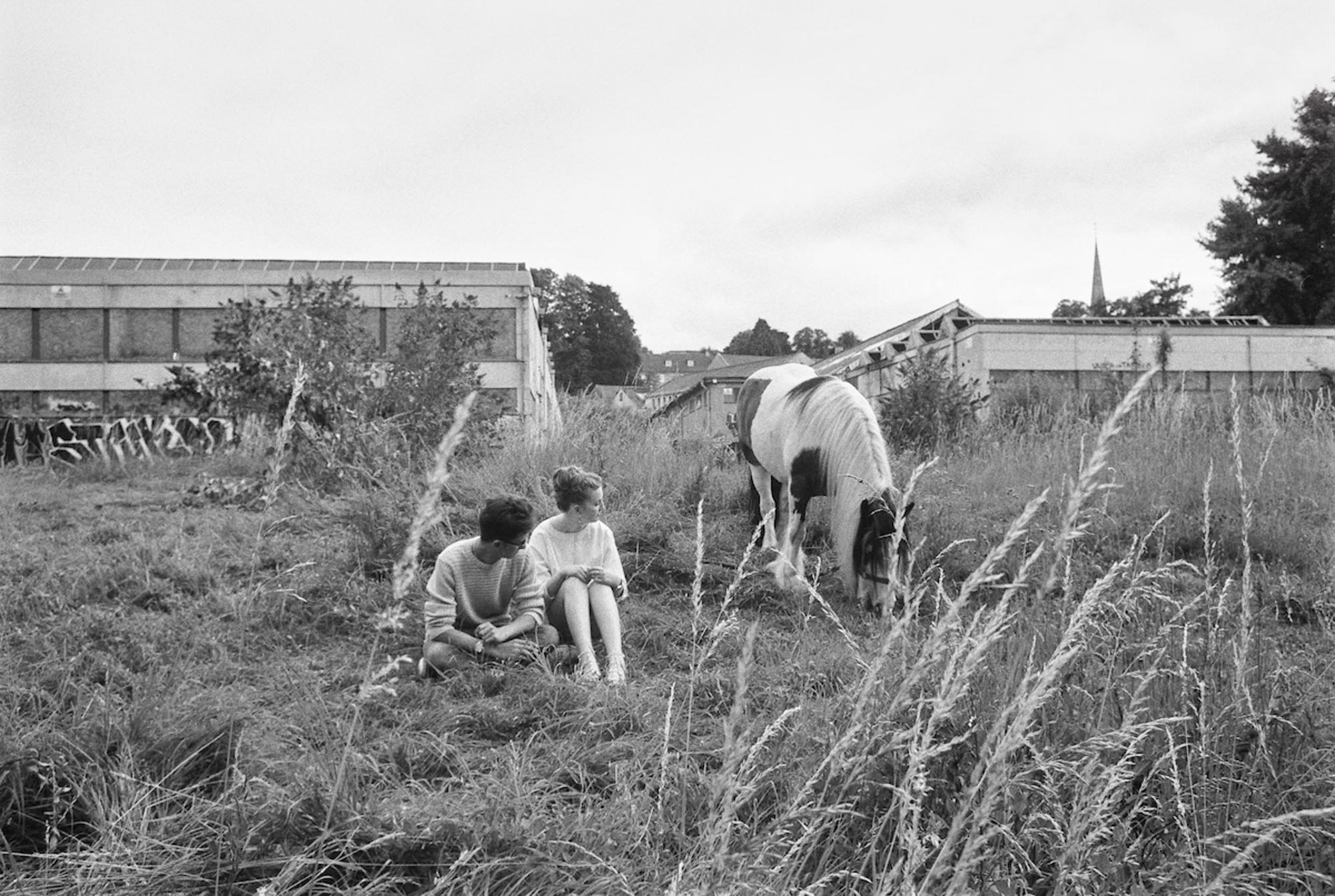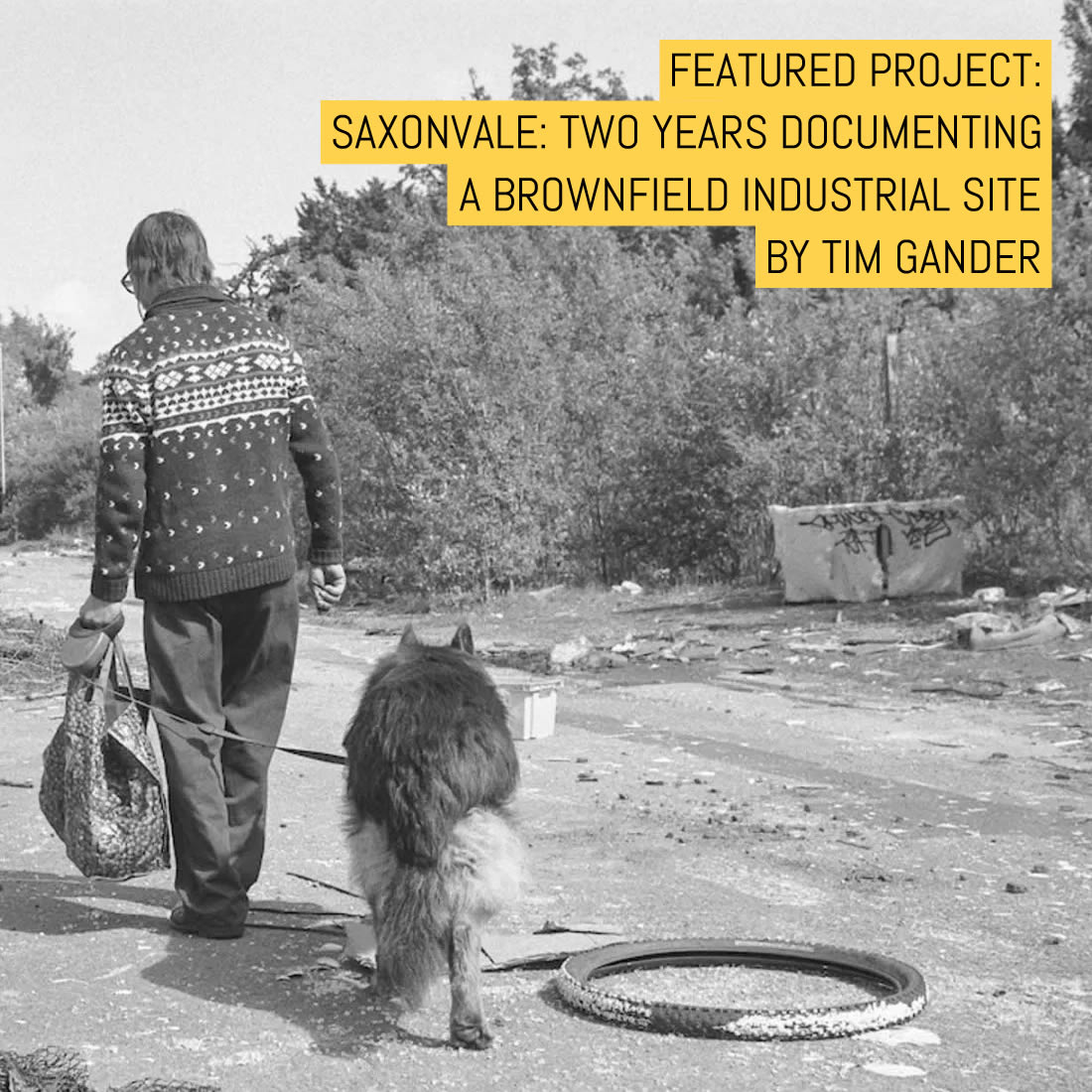This is the story of a photo project which started on a whim and grew into something far bigger than I’d imagined. Fingers crossed it’s not finished yet, but more on that later. If you’re comfortable, let us begin.
Back in 2017, I made the realisation that for my personal projects not to feel like work I had to shoot them on film, but I needed to re-acquaint myself with the medium as I hadn’t shot it since going fully digital in 2001.
So just to get started without blowing the bank balance, I posted on a couple of photographers’ Facebook groups with a request for expired film.
Two solid responses came back and after cutting an excellent deal, I received a couple of packages of film which was enough to fill an entire freezer drawer. From ILFORD FP4 PLUS to Kodak Ektachrome 64T, pre-reunification East German ORWO 400 to Fujifilm Velvia, Astia and Superia; I could go on, but let’s just say there was a wide variety of film of varying vintages, in 35mm and 120 formats.
At first, I was a bit overwhelmed with the variety I had on hand, but just to try out some sample films I started visiting a derelict former industrial site in my home town of Frome in Somerset (England) and began shooting what I found.

This is where things started to take an interesting turn, but before we get into that let’s have a little background on the site itself. This is a potted history of the site, apologies to local historians if I skim some details.
Locally known as Saxonvale, the area I focused on has a manufacturing connection dating back to the industrial revolution, but its modern history really gets going with the outbreak of World War Two when Beswicks, a specialist fuse manufacturer, was relocated to Frome from air-raid-prone Essex.
This started something of a renaissance for Frome’s industrial base which had seen progress followed by set-back since medieval times and by the 1990s this relatively compact industrial hub probably employed the best part of 10% of the local working population. Once again though, a setback was on the horizon as in the late 1990s Beswicks was wound down as fuse production moved to China.
By 2001 Beswicks had gone and other manufacturing firms which had come to the site in the early 1900s were also in decline. No new industry came to fill the void and the site quickly descended into decay. Buildings fell victim to vandalism and regular fires until they were demolished. Even then, kids still seemed to set fire to piles of rubble. It’s fair to say that the loss of so many jobs in the town had a visible impact on Frome.
In the late 1990s and early 2000s, Frome was generally in a bit of a state. Shops were boarded up and weekends were notorious for pub fights, but while the town has improved dramatically over the last decade or so, Saxonvale remained out of sight and neglected.
Saxonvale’s decline was a symptom of a number of factors; manufacturing jobs disappearing abroad and the site’s complicated ownership, with three or four entities all owning different pockets of the land. This meant that no single development plan could be settled on; the vandalism continued, fly-tipping increased and local residents had to put up with the eyesore, sirens and disturbance. And while the site was often used as a cut-through to the town centre, it could often harbour a slightly menacing air as you were never sure who or what might confront you as you rounded a corner.




By May 2017, that ‘who’ or ‘what’ was as likely as anything to be me armed with a Canon EOS 1N or Bronica SQ-A and a pocket full of expired film as I started to explore the site and returned more frequently.
Pictures of graffiti and vandalism don’t do it for me, but I noticed the way different elements of the dumping, decay and nature were interacting, creating little narratives. I would stumble across what I came to call “petty incidents”, little scenes which tickled my sense of humour or which said something about how we treat our environment.
I set a few rules to taking pictures on the site; no breaking and entering, I would only access a building if the door was open. No putting myself or anyone else in danger for the sake of a photo. No re-arranging inanimate objects to make them more interesting or easier to photograph (with one exception which I’ll come to later) and to avoid, as far as possible, taking a photo which would get anyone into trouble.
Over time I got familiar with some of the locals who would walk through the site, either to exercise dogs or to access the town centre. Some were happy to be photographed, some not. I never forced anyone into a photo or took a photo of them without permission other than if they were part of a wider scene.



I was keen to document the users of the site though, and as Winter 2017 approached I became aware that Saxonvale had a resident. A caravan appeared on the main access road which runs through the site and I discovered it was the local Big Issue seller living there.
Alby lived on the site for a few weeks, during which I got to know him a little and he allowed me to document some of his time there. Other homeless people congregated to socialise with Alby, including a travelling couple (not homeless, but living in a converted box van), who also took up residence and over time I got to document a few of these people, too.





One challenge to documenting Saxonvale’s residents was that I would never just wade in, all cameras blazing – I had to get to know people first, but people living this way tend to move around a fair bit.
So it was with Alby, who left his van in February 2018 to meet a friend in the North of England. I had only managed to photograph him on a couple of occasions before he left, and this theme repeated with the other residents who came and went.
I last spotted Alby in Bristol, but by the middle of March 2018 the remaining residents were also evicted. This really marked the beginning of the end for my project. Alby’s van became increasingly vandalised and was eventually destroyed by fire.







After almost a year of visiting the site, I was starting to experience some very strange coincidences, and Alby’s van fire was one of them. I was at home, thinking I hadn’t been down to Saxonvale for a while and decided to drive over for a look. I could see the smoke from a little way off, but as I rounded the corner at the entrance of the site, there was Alby’s caravan in flames. It was as if something had called me to be there.
This incident also became the one exception to my rule of not re-arranging inanimate objects. After the fire brigade had done their job and left, I took a closer look at what remained of Alby’s caravan, and amongst the ashes, I spotted a cardboard photo envelope. I recognised it as the one I’d used when I gave Alby some prints of his portraits.
Opening the envelope, I saw the photos had miraculously escaped the flames, so I arranged them for a photo to round-off Alby’s story.

In April of 2018 contractors came in, cleared the site of detritus and boarded it up to prevent further fly-tipping and camping, which is how it currently stands. The land has been acquired by a single entity and plans for development are being put to town residents.
Even so, it’s easy to see that if this process takes too long the perimeter will be breached and I’m already seeing evidence of fly-tipping once more. I still swing through the site when I get a chance, but work and other projects and the fact that Saxonvale is now much quieter means I can’t devote the time to it I’d like to.



Moving the project to the next stage, I’m working on a book and exhibition to set out the story of Saxonvale as an example of just one abandoned site, typical of so many around the country. With themes of housing, homelessness, waste and the environment, What Happened Here (the project title) aims to highlight issues which never seem to find a resolution, but which are putting immense pressure on society.
The photos in this gallery are just a taste of the full narrative, which is actually much larger, but it gives a sense of the site and its progression towards eventual lock-down.
Thanks for reading.
~ Tim
Share your knowledge, story or project
The transfer of knowledge across the film photography community is the heart of EMULSIVE. You can add your support by contributing your thoughts, work, experiences and ideas to inspire the hundreds of thousands of people who read these pages each month. Check out the submission guide here.
If you like what you’re reading you can also help this passion project by heading over to the EMULSIVE Patreon page and contributing as little as a dollar a month. There’s also print and apparel over at Society 6, currently showcasing over two dozen t-shirt designs and over a dozen unique photographs available for purchase.








6 responses to “Saxonvale: two years documenting a brownfield industrial site”
As a Frome resident I was really interested by your article on the Saxonvale area. I have a photo from 1921 which clearly shows there was a river running through the whole site… The Frome river… And the Willowvale area was really a millstream. Have you any idea when the old course of the river was filled in, presumably to allow those industries you document to expand? Regards, Dick Harris.
Hi Dick, sorry I only just saw your comment! I’d love to see that photo – I did some research on the site to find out more about the old river course, but I can’t pin down exactly when it got filled in.
There’s an amazing, if slightly clunky mapping site called Know Your Place http://www.kypwest.org.uk/ where you can see the river in earlier maps, but then the site isn’t re-mapped for quite a long time and when it is, the river is gone.
I think what happened in practice was that the old industries disappeared, the old buildings were demolished and used at least in part to fill in the old river, then in the 1960s (ish) the new buildings were put on the site, and those are the buildings which are empty and derelict today (excluding Western Warehouse which still stands).
I hope this helps! Cheers, Tim.
This is great work.
Sorry for the slow response, but thank you for your kind comment! I really appreciate it.
Loved this. A reminder that it takes time and being open to what is around you to create work that’s really your own…good luck with next steps.
Thank you! I’m so glad you enjoyed it. You are right, it does show that sometimes you just have to be open to events rather than planning everything to the last detail. I hope to keep emulsive posted on future developments.